In this strongly visual and environmentally engaged collection, award-winning poet and translator Jody Gladding explores landscape as a source of language in lyrics that operate as physical acts in three-dimensional space.
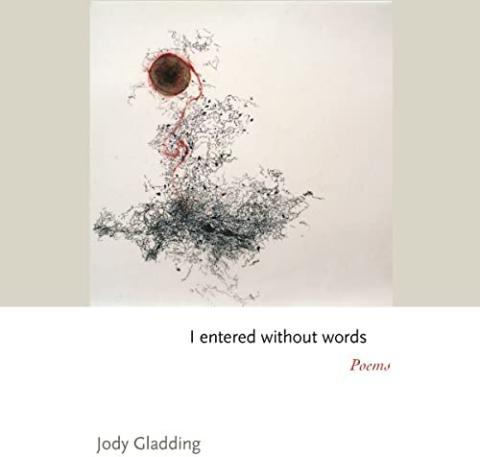
In this strongly visual and environmentally engaged collection, award-winning poet and translator Jody Gladding explores landscape as a source of language in lyrics that operate as physical acts in three-dimensional space.

Deeply invested in landscape, the spiders my arms operates where landscape and language converge. It opens the page into a compositional field in which words appear as constellations to create multiple, interwoven meanings as they interact with each other and with the reader who moves freely among them, fully participating in the making of poems that are spatial, non-linear, and different every time.
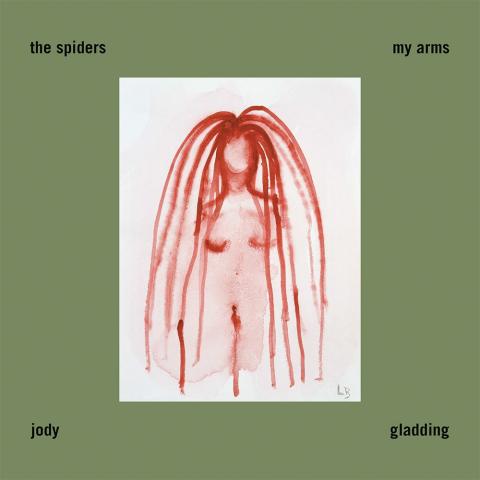
Twenty-five languages die each year; at this pace, half the world’s five thousand languages will disappear within the next century. In this timely book, Claude Hagège seeks to make clear the magnitude of the cultural loss represented by the crisis of language death.
By focusing on the relationship of language to culture and the world of ideas, Hagège shows how languages are themselves crucial repositories of culture; the traditions, proverbs, and knowledge of our ancestors reside in the language we use. His wide-ranging examination covers all continents and language families to uncover not only how languages die, but also how they can be revitalized—for example in the remarkable case of Hebrew. In a striking metaphor, Hagège likens languages to bonfires of social behavior that leave behind sparks even after they die; from these sparks languages can be rekindled and made to live again.
Translated by Jody Gladding.
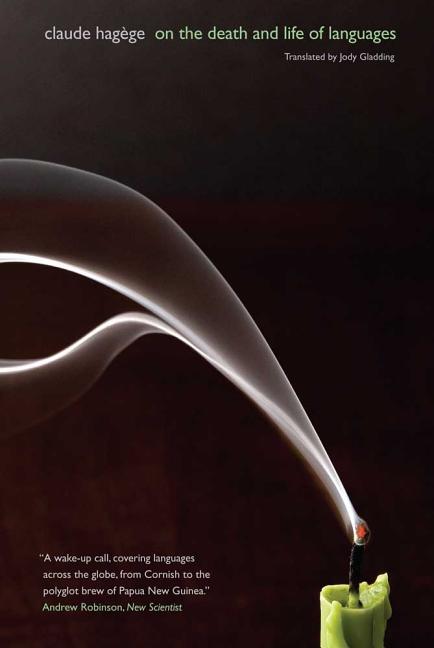
In a time of mindless violence and widespread ecological and natural catastrophes, François Cheng asks if talking about beauty may not seem incongruous even scandalous. Yet this is actually the most appropriate time to revisit a subject that was a philosophical mainstay for millennia. The power of beauty to elevate and transcend counterbalances the negative side of the reality facing us.
Cheng begins his teachings with the intrinsic sense of beauty revealed by the landscape, symbolized by the staggeringly beautiful Lu Mountain of his native province in China. His five meditations carry the reader from the understanding of beauty being in the mind of the beholder to its intimate relationship with the sacred, both from a Western and Taoist perspective. He shows that the most telling indication of the importance of beauty in human life and for individual spiritual realization can be grasped by simply imagining a world without it.
Translated by Jody Gladding.
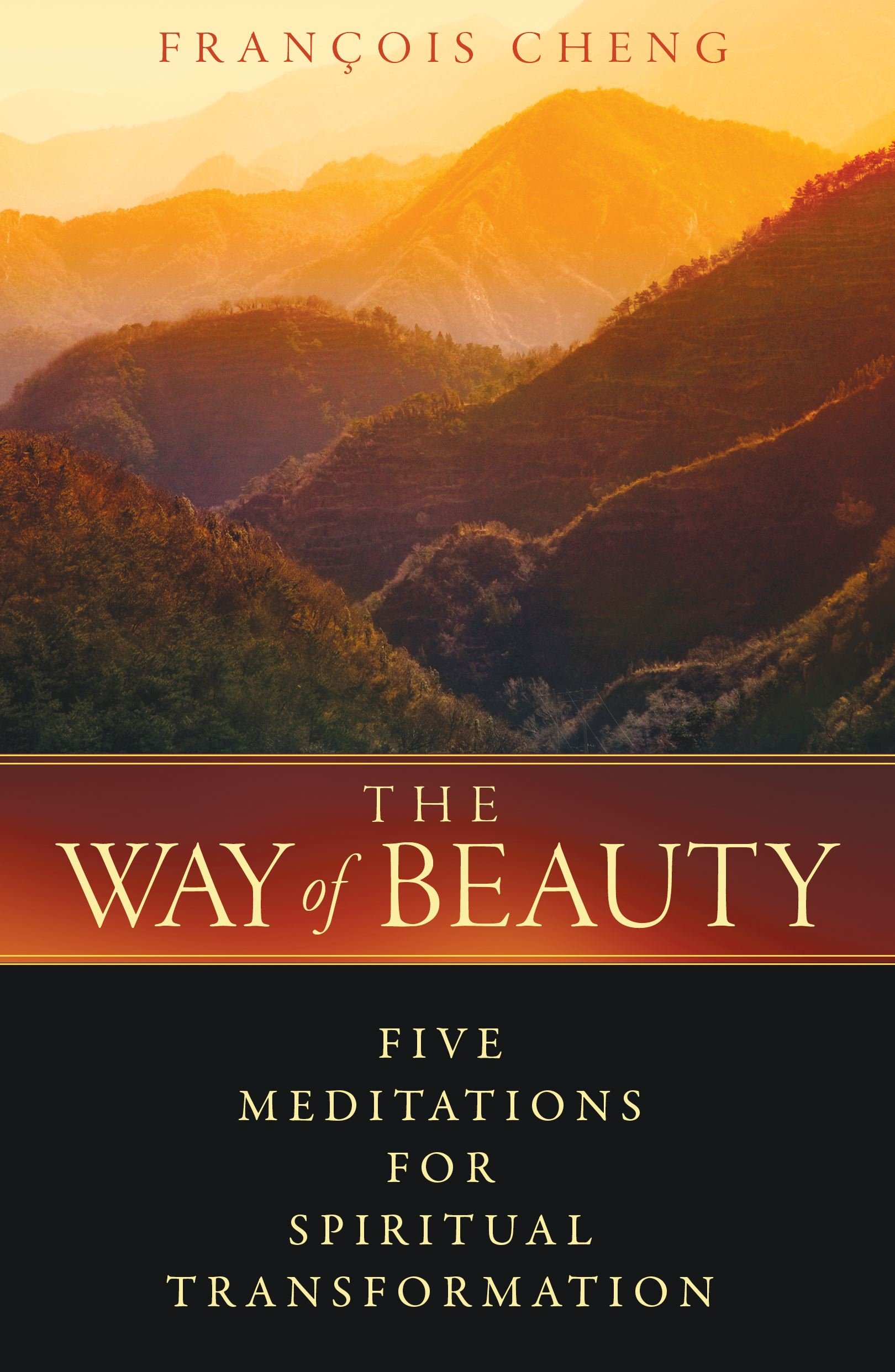
Rimbaud the Son, widely celebrated upon its publication in France, investigates the life of a writer, the writing life, and the art of life-writing. Pierre Michon in his groundbreaking work examines the storied life of the French poet Arthur Rimbaud by means of a new literary genre: a meditation on the life of a legend as witnessed by his contemporaries, those who knew him before the legends took hold. Michon introduces us to Rimbaud the son, friend, schoolboy, renegade, drunk, sexual libertine, visionary, and ultimately poet. Michon focuses no less on the creative act: What presses a person to write? To pursue excellence?
The author dramatizes the life of a genius whose sufferings are enormous while his ambitions are transcendent, whose life is lived with utter intensity and purpose but also disorder and dissolution—as if the very substance of life is its undoing. Rimbaud the Son is now masterfully translated into English by Jody Gladding and Elizabeth Deshays, enabling a wide new audience to discover for themselves the author Publishers Weekly called “one of the best-kept secrets of modern French prose."
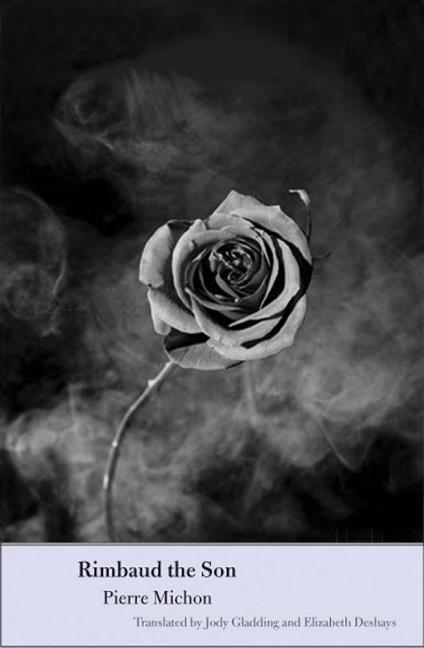
What do we mean when we say time passes? How do contingency and anachronism and other philosophical concepts bearing on time affect the more (seemingly) concrete realities of our political and cultural lives? In ways small and great, personal and cultural, we all experience the mutability of time. We feel it expand and contract, speed up and slow down, as it bends to the imperatives of memory, money, and the media. In our own time (itself a pregnant phrase) we have witnessed a disengagement with the past even as technological advances have allowed us to capture and reproduce past time as never before. How are we to make sense of this paradox?
In this wide-ranging meditation on the meaning of time, Sylvaine Agacinski weaves together discussions of Aristotle, Kant, Hegel, Freud, Heidegger, Baudelaire, Barthes, and especially Walter Benjamin -- her model for the modern "passer of time" -- as she traces a time line of the philosophy of time. After examining how shifting attitudes toward the passage of time have affected everything from art criticism to the development of photography to the rise of modernism itself, Agacinski concludes by proposing a rethinking of democracy that emphasizes patience in the face of our current temporal frenzy.
Translated by Jody Gladding.
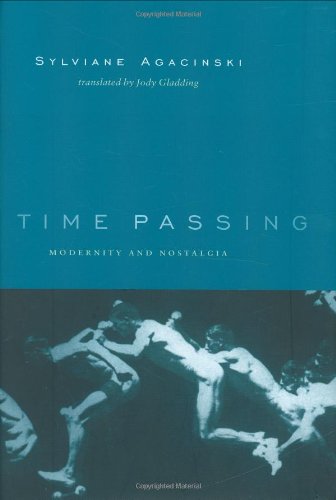
Drawn from the environments of northern Vermont and the South of France, the poems in Rooms and Their Airs explore the interface of the human and natural worlds, further eroding that distinction with each poem. The verse here merges subject and object, often giving voice to natural phenomena—a vernal pool, a fossil, a beam of light. These poems sparkle with humor, sophisticated word play, and intellectual examination, reflecting an elegant and contagious curiosity about history, language, and the world. Linked poems give voice to garden vegetables while drawing inspiration from the archival illustrations in The Medieval Handbook. A mother and daughter’s trip to see France's cave paintings uncovers living vestiges in prehistoric depictions and reaffirms the enduring nature of art. With this collection, Jody Gladding cements her reputation as the literary heir to A. R. Ammons, Gustaf Sobin, and Lorine Niedecker.

In this inspired new collection, acclaimed poet and translator Jody Gladding takes the physical, elemental world as her point of inquiry, examining how language arises from landscape, and deriving a lexicon for these poems from the rich offerings of the world around her. In some poems, Gladding steps into the role of translator, interpreting fragments left by bark beetle or transcribing raven calls. In others, poems take the form of physical objects—a rock, split slate, an egg, a feather—or they emerge from a more expansive space—a salt flat at the Great Salt Lake, or a damaged woodlot. But regardless of the site, the source, or the material, the poet does not position herself as the innovator of these poems. Rather, the objects and landscapes we see in Translations from Bark Beetle provide the poet with both a shape and a language for each poem. The effect is a collection that reminds us how to see and to listen, and which calls us to a deeper communion—true collaboration—between art and the more-than-human world.

Contemporary concerns about food such as those stemming from mad cow disease, salmonella, and other potential food-related dangers are hardly new-humans have long been wary of what they eat. Beyond the fundamental fear of hunger, societies have sought to protect themselves from rotten, impure, or unhealthy food. From the markets of medieval Europe to the slaughterhouses of twentieth-century Chicago, Madeleine Ferrières traces the origins of present-day behavior toward what we eat as she explores the panics, myths, and ever-shifting attitudes regarding food and its safety. She demonstrates that food fears have been inspired not only by safety concerns but also by cultural, political, and religious prejudices.
Flour from human bones and pâté from dead cats are just two of the more unappetizing recipes that have scared consumers away from certain foods. Ferrières considers the roots of these and other rumors, illuminating how societies have assessed and attempted to regulate the risks of eating. She documents the bizarre and commonsensical attempts by European towns to ensure the quality of beef and pork, ranging from tighter controls on butchers to prohibiting Jews and menstruating women from handling meat. Examining the spread of Hungarian cattle disease, which ravaged the livestock of seventeenth-century Europe, Ferrières recounts the development of safety methods that became the Western model for fighting animal diseases.
Ferrières discusses a wealth of crucial and curious food-related incidents, trends, and beliefs, including European explorers' shocked responses to the foodways of the New World; how some foods deemed unsafe for the rich were seen as perfectly suitable for the poor; the potato's negative reputation; the fierce legal battles between seventeenth-century French bread bakers and innkeepers; the role of the medical profession in food regulation; and how modern consumerism changed the way we eat. Drawing on history, folklore, agriculture, and anthropology, Ferrières tells us how our decisions about what not to eat reflect who we are.
Translated by Jody Gladding.
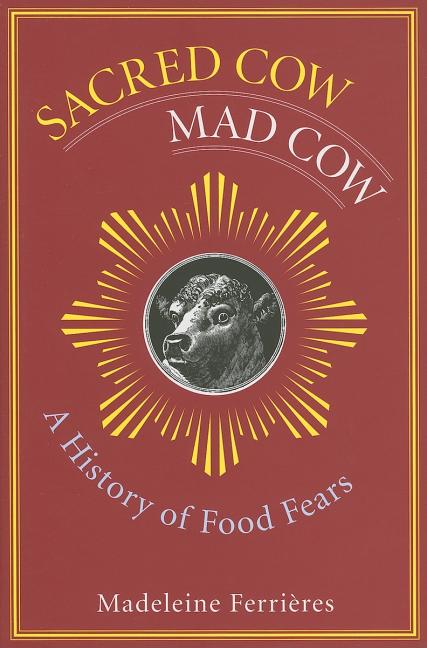
Small Lives (Vies minuscules), Pierre Michon’s first novel, won the Prix France Culture. Michon explains that he wrote it "to save my own skin. I felt in my body that my life was turning around. This book born in an aura of inexpressible joy and catharsis rescued me more effectively than my aborted analysis." Le Monde calls it "his chef d’oeuvre. A bolt of lightening." In Small Lives, Michon paints portraits of eight individuals, whose stories span two centuries in his native region of La Creuse. In the process of exploring their lives, he explores the act of writing and his emotional connection to both. The quest to trace and recall these interconnected lives seared into his memory ultimately becomes a quest to grasp his own humanity and discover his own voice.
Translated by Jody Gladding and Elizabeth Deshays.
